 A monk pauses to reflect outside Angkor Wat. After asking his permission, I positioned myself at his level and captured the portrait using a narrow aperture (high F-stop number) so as to keep the temple in focus in the background. Buy this image
A monk pauses to reflect outside Angkor Wat. After asking his permission, I positioned myself at his level and captured the portrait using a narrow aperture (high F-stop number) so as to keep the temple in focus in the background. Buy this image
My wife and I recently returned from an amazing 3.5-week adventure traveling through Vietnam and Cambodia. Operated by Overseas Adventure Travel, the trip’s diverse itinerary took us from the bustling capital of Hanoi to the glorious mountains jutting skyward from Halong Bay, then to the former imperial capital of Hue and the quaint festival city of Hoi An, on to the mountain retreat of Dalat and to modern Ho Chi Minh City (Saigon), and finally to the indescribable temple complexes at Angkor Wat in Cambodia. While it was wonderful to view the region’s gorgeous landscapes and fabled monuments, what made this adventure truly unforgettable for us was its many opportunities to interact with Vietnamese and Cambodian people from all walks of life: a Buddhist nun, an older couple whose homes were confiscated by the Communist Party, a former South Vietnamese soldier who survived the re-education camps and rose to become major of his village, eager students at Dalat’s rapidly growing university, former Viet Cong fighters, and ethnic minority hill tribes rarely contacted by outsiders. Vietnam and Cambodia are a photographer’s dream, filled with magnificent scenery and friendly, diverse cultures.
In today’s post we will take a look at some of my favorite images from this adventure. I’ll include some brief discussion about who or what is included in each image and, where appropriate, a few words about how each image was made.
Our north-to-south adventure began in the capital and second largest city, Hanoi. Hanoi strikes a lovely balance between bustling modernity and soulful history. Steeped in French Colonial architecture, the city has an old-world charm, and the busy streets are shared by countless commuters on motor scooters and vendors selling their wares from the backs of their bicycles.
 A Hanoi street scene. The city’s cyclo-rickshaws are a great way to photograph local people because you are shooting from eye level and from a relatively stealthy vantage point. Have the camera set up in advance with a fast shutter speed and a narrow aperture so as not to miss any good shots. Good street photography requires capturing just the right moment when the people and the places come together in a meaningful way, such as these young people enjoying a meal in front of the advertisement promising such a lifestyle. Buy this image
A Hanoi street scene. The city’s cyclo-rickshaws are a great way to photograph local people because you are shooting from eye level and from a relatively stealthy vantage point. Have the camera set up in advance with a fast shutter speed and a narrow aperture so as not to miss any good shots. Good street photography requires capturing just the right moment when the people and the places come together in a meaningful way, such as these young people enjoying a meal in front of the advertisement promising such a lifestyle. Buy this image
 Phan Tranh Liem is one of the few remaining practitioners of the 1000-year-old Vietnamese tradition of water puppetry. He makes his own puppets, creates the shows, and performs them with his wife in their home in Hanoi. To make an environmental portrait like this one, back up a bit to include the elements of the subject’s life in addition to the subject themselves. Here I used a fast normal prime lens at a high ISO sensitivity setting and a touch of off-camera flash. Buy this image
Phan Tranh Liem is one of the few remaining practitioners of the 1000-year-old Vietnamese tradition of water puppetry. He makes his own puppets, creates the shows, and performs them with his wife in their home in Hanoi. To make an environmental portrait like this one, back up a bit to include the elements of the subject’s life in addition to the subject themselves. Here I used a fast normal prime lens at a high ISO sensitivity setting and a touch of off-camera flash. Buy this image
 The village of Tho Ha is 20 miles north of Hanoi but worlds different culturally. We visited the home of a family who make rice paper, the main occupation in the village. Spring rolls are extremely popular throughout Vietnam, so there is high demand for rice paper. Here, travel companion Mary C. tries her hand at the local craft. Buy this image
The village of Tho Ha is 20 miles north of Hanoi but worlds different culturally. We visited the home of a family who make rice paper, the main occupation in the village. Spring rolls are extremely popular throughout Vietnam, so there is high demand for rice paper. Here, travel companion Mary C. tries her hand at the local craft. Buy this image
 Lion dancers perform for the Hanoi crowds in the days leading up to the harvest moon. Handheld photography of fast-moving action after dark is challenging due to the need for a fast shutter speed in low-light conditions. Don’t be afraid to crank up your camera’s sensitivity (ISO) setting. You can reduce most of the resulting noise using software later. Buy this image
Lion dancers perform for the Hanoi crowds in the days leading up to the harvest moon. Handheld photography of fast-moving action after dark is challenging due to the need for a fast shutter speed in low-light conditions. Don’t be afraid to crank up your camera’s sensitivity (ISO) setting. You can reduce most of the resulting noise using software later. Buy this image
Leaving behind the urban bustle of Hanoi, we drove to the shore of UNESCO World Heritage Site Halong Bay, where we boarded a traditional wooden junk for an overnight cruise. Halong Bay boasts some of the most dramatic landscapes anywhere in the world, with more than 1600 jagged mountains jutting straight up out of its emerald waters. This is a travel photographer’s dream location.
 Don’t forget to include yourself in some of your images. To make this portrait of my wife and me, I set up the camera in advance and then asked a fellow traveler to compose and shoot the image. Buy this image
Don’t forget to include yourself in some of your images. To make this portrait of my wife and me, I set up the camera in advance and then asked a fellow traveler to compose and shoot the image. Buy this image
 Glorious as Halong Bay’s mountainous scenery appears on its own, to make a great landscape image there should be other elements in the frame, too. Here I waited for a traditional fishing boat to sail across the frame, using a deep depth-of-field (high F-stop number) to allow the whole scene from foreground to background to be rendered in sharp focus. Buy this image
Glorious as Halong Bay’s mountainous scenery appears on its own, to make a great landscape image there should be other elements in the frame, too. Here I waited for a traditional fishing boat to sail across the frame, using a deep depth-of-field (high F-stop number) to allow the whole scene from foreground to background to be rendered in sharp focus. Buy this image
 I hired the captain of our junk to take out the skiff at 5 AM in order to photograph sunrise on Halong Bay. Any photograph is only as good as the light striking the camera’s sensor, and the light is nearly always best near sunrise and sunset, so sometimes it’s necessary to forego a good night’s sleep in order to capture that “golden hour” light. Buy this image
I hired the captain of our junk to take out the skiff at 5 AM in order to photograph sunrise on Halong Bay. Any photograph is only as good as the light striking the camera’s sensor, and the light is nearly always best near sunrise and sunset, so sometimes it’s necessary to forego a good night’s sleep in order to capture that “golden hour” light. Buy this image
 En route to the Hanoi Airport for our flight to Hue, we stopped to say hello to several farmers harvesting rice by hand. Careful attention to composition can make or break a wide-angle portrait like this one. I found a vantage point that lined up the two farmers and included some of the beautiful green hues of the rice harvest. Buy this image
En route to the Hanoi Airport for our flight to Hue, we stopped to say hello to several farmers harvesting rice by hand. Careful attention to composition can make or break a wide-angle portrait like this one. I found a vantage point that lined up the two farmers and included some of the beautiful green hues of the rice harvest. Buy this image
We then flew to Hue, the former imperial capital of Vietnam. This was the seat of the Nguyen Dynasty during a period of great cultural and economic flourishing. The food, architecture, and performing arts in Hue are unique and very appealing.
 Hue’s landmark Thien Mu Pagoda is best photographed from the banks of the Perfume River. Whenever shooting tall architectural subjects using a wide-angle lens, pay careful attention to the vertical lines, as lens distortion can cause the subject to appear to be leaning. Buy this image
Hue’s landmark Thien Mu Pagoda is best photographed from the banks of the Perfume River. Whenever shooting tall architectural subjects using a wide-angle lens, pay careful attention to the vertical lines, as lens distortion can cause the subject to appear to be leaning. Buy this image
 We had a lovely visit with a Buddhist nun at the convent of the Dieu Thanh Pagoda in Hue. It was fascinating to learn about her life in the convent and her decision process to give up worldly life as a young teen. This is the sort of meaningful encounter that would be nearly impossible to set up if one were traveling on one’s own. After obtaining her permission, I made this portrait using natural light only (no flash) and a fast prime portrait lens. To capture really great portraits, it’s important to spend some time first getting to know your subject and putting them at ease. Buy this image
We had a lovely visit with a Buddhist nun at the convent of the Dieu Thanh Pagoda in Hue. It was fascinating to learn about her life in the convent and her decision process to give up worldly life as a young teen. This is the sort of meaningful encounter that would be nearly impossible to set up if one were traveling on one’s own. After obtaining her permission, I made this portrait using natural light only (no flash) and a fast prime portrait lens. To capture really great portraits, it’s important to spend some time first getting to know your subject and putting them at ease. Buy this image
 En route from Hue to Hoi An, we visited a Cao Dai temple. Cao Dai is a rapidly growing religion in Southeast Asia that integrates teachings from many other world religions. We were fortunate to have the priest himself tell us about the faith. I chose a wide-angle lens and high ISO sensitivity setting to capture this image of the priest in the temple’s ornate sanctuary. Buy this image
En route from Hue to Hoi An, we visited a Cao Dai temple. Cao Dai is a rapidly growing religion in Southeast Asia that integrates teachings from many other world religions. We were fortunate to have the priest himself tell us about the faith. I chose a wide-angle lens and high ISO sensitivity setting to capture this image of the priest in the temple’s ornate sanctuary. Buy this image
Our next destination, Hoi An, is a charming town adorned with tens of thousands of brightly colored lanterns, giving it a festive appearance year-round. Hoi An is also the gateway to the remarkable Champa Kingdom ruins at My Son.
 Hoi An’s traditional central marketplace is a photographer’s candy store, filled with wonderful portrait subjects. I shot this image of a food vendor using natural light only: she was busy and couldn’t be bothered to pose, so it was important to have the camera set up in advance with a high ISO and a fast shutter speed. Buy this image
Hoi An’s traditional central marketplace is a photographer’s candy store, filled with wonderful portrait subjects. I shot this image of a food vendor using natural light only: she was busy and couldn’t be bothered to pose, so it was important to have the camera set up in advance with a high ISO and a fast shutter speed. Buy this image
 Traditional fishing practices on the Thu Bon River, just outside of Hoi An. During post-processing, I increased the image’s vibrance a little bit to help saturate the colors. Buy this image
Traditional fishing practices on the Thu Bon River, just outside of Hoi An. During post-processing, I increased the image’s vibrance a little bit to help saturate the colors. Buy this image
 At My Son Sanctuary, site of the most significant ruins from the Champa Kingdom, we attended a performance of ancient Cham dance. To capture this image of the lovely dancers, I used a fast portrait lens with a wide aperture (small F-stop number) to freeze the motion and help isolate the dancers from the background. To further emphasize the dancers and to saturate the colors in their costumes, I added just a touch of fill-in flash. Buy this image
At My Son Sanctuary, site of the most significant ruins from the Champa Kingdom, we attended a performance of ancient Cham dance. To capture this image of the lovely dancers, I used a fast portrait lens with a wide aperture (small F-stop number) to freeze the motion and help isolate the dancers from the background. To further emphasize the dancers and to saturate the colors in their costumes, I added just a touch of fill-in flash. Buy this image
Heading further south, we next flew from Hoi An to Nha Trang. The many rivers and rural villages in the area afforded us the opportunity to experience village life and even to visit a floating fishing village.
 Visiting Dien Phu Kindergarten outside Nha Trang gave us a chance to learn about Vietnam’s education system. Here the kids greet us as we arrive. Buy this image
Visiting Dien Phu Kindergarten outside Nha Trang gave us a chance to learn about Vietnam’s education system. Here the kids greet us as we arrive. Buy this image
 We had a fascinating discussion with the chief of Xom Gio Village, a former South Vietnamese soldier and survivor of the re-education camps who managed to work his way up to a high-level position after the war. The key to making portraits that truly capture the spirit of the subject is to get to know them first, have your camera all set up in advance, take your time, and shoot plenty of images. I used a fast portrait lens with a wide aperture to blur the background and emphasize the subject. Buy this image
We had a fascinating discussion with the chief of Xom Gio Village, a former South Vietnamese soldier and survivor of the re-education camps who managed to work his way up to a high-level position after the war. The key to making portraits that truly capture the spirit of the subject is to get to know them first, have your camera all set up in advance, take your time, and shoot plenty of images. I used a fast portrait lens with a wide aperture to blur the background and emphasize the subject. Buy this image
Our next stop was Dalat, a mountain retreat popular since French colonial times as a respite from the tropical heat found in most of Vietnam. Our stay in Dalat was extremely memorable thanks to a visit with university students, a home-hosted dinner with a local family, tours of the region’s thriving agricultural industry, and a side trip to a mountainous village that is home to the Kho Chil ethnic minority.
 We spent a lovely afternoon with students from Dalat University. I had the opportunity to get to know English teacher Trung and his bright young students Nhi , Diễm, and Giang. For this photo we were joined by my wife and several other students. Buy this image
We spent a lovely afternoon with students from Dalat University. I had the opportunity to get to know English teacher Trung and his bright young students Nhi , Diễm, and Giang. For this photo we were joined by my wife and several other students. Buy this image
 Visiting the village chief’s home in Buon Chuoi Village. His wife, in her eighties, still passes most days by weaving while smoking her pipe. Buy this image
Visiting the village chief’s home in Buon Chuoi Village. His wife, in her eighties, still passes most days by weaving while smoking her pipe. Buy this image
 Boys from the Kho Chil hill tribe run after our tractor (a “Vietnamese limousine”) as we descend from Buon Chuoi Village. A fast shutter speed and jaunty camera angle give this image its frenetic and playful appeal. Buy this image
Boys from the Kho Chil hill tribe run after our tractor (a “Vietnamese limousine”) as we descend from Buon Chuoi Village. A fast shutter speed and jaunty camera angle give this image its frenetic and playful appeal. Buy this image
 In the courtyard of the Linh Phuoc Pagoda outside of Dalat, Lady Buddha observes this young woman checking her text messages. When I saw this special juxtaposition lining up, I moved into a favorable position to capture it and waited for the perfect moment. Buy this image
In the courtyard of the Linh Phuoc Pagoda outside of Dalat, Lady Buddha observes this young woman checking her text messages. When I saw this special juxtaposition lining up, I moved into a favorable position to capture it and waited for the perfect moment. Buy this image
Our final destination in Vietnam before flying to Cambodia was the largest city and financial hub of Ho Chi Minh City (formerly Saigon). A chaotic metropolis of 13 million people, Ho Chi Minh City is thoroughly modern yet holds remnants of a colonial past. It is also the location of many of the iconic photographs taken during the Vietnam War.
 Saigon’s splendid Central Post Office. Good interior photographs should have a symmetry and leading lines that direct the viewer’s eye around the image. I used a wide-angle lens to compose this image, shot parallel to the ground so as not to introduce too much distortion. Buy this image
Saigon’s splendid Central Post Office. Good interior photographs should have a symmetry and leading lines that direct the viewer’s eye around the image. I used a wide-angle lens to compose this image, shot parallel to the ground so as not to introduce too much distortion. Buy this image
 The food was uniformly delicious throughout Vietnam, from the most elegant French-Vietnamese fusion restaurants to the lowliest pho shops. The simple but perfect pho we enjoyed in this small shop in Saigon was the best I’ve ever tasted. To photograph food, get in close and compose so as to include some contrasting elements of colors and shapes. Buy this image
The food was uniformly delicious throughout Vietnam, from the most elegant French-Vietnamese fusion restaurants to the lowliest pho shops. The simple but perfect pho we enjoyed in this small shop in Saigon was the best I’ve ever tasted. To photograph food, get in close and compose so as to include some contrasting elements of colors and shapes. Buy this image
 Very interesting learning about the wartime experiences of these three former Viet Cong fighters. They lived for years in the subterranean Cu Chi Tunnels, which they considered much safer than being exposed to US bombing and infantry attacks above ground. Our travel companion Don, pictured with them here, is a Vietnam War veteran. It was very moving to witness his experience meeting these former enemy fighters. Buy this image
Very interesting learning about the wartime experiences of these three former Viet Cong fighters. They lived for years in the subterranean Cu Chi Tunnels, which they considered much safer than being exposed to US bombing and infantry attacks above ground. Our travel companion Don, pictured with them here, is a Vietnam War veteran. It was very moving to witness his experience meeting these former enemy fighters. Buy this image
Leaving Ho Chi Minh City behind, we flew to Siem Reap, Cambodia. Travelers come to Cambodia primarily to see the justifiably famous Angkor temple complexes, but there is so much more to this beautiful country. We were fortunate to have time also to explore the rural villages in the region and to get to know some of the people there.
 In a small village outside of Siem Reap, an elder greets us. This portrait is a favorite of mine because of the beauty and personality of the subject, but it’s also successful because the background is clean and uncluttered. Always pay attention to your backgrounds, especially when shooting people and wildlife, as unwanted background elements can distract from the power of the image. Buy this image
In a small village outside of Siem Reap, an elder greets us. This portrait is a favorite of mine because of the beauty and personality of the subject, but it’s also successful because the background is clean and uncluttered. Always pay attention to your backgrounds, especially when shooting people and wildlife, as unwanted background elements can distract from the power of the image. Buy this image
 Visiting the floating village of Mechrey on the huge freshwater Tonle Sap Lake, we got a closeup view of lives lived entirely on the water. As we floated by this family’s houseboat, I captured this image of their daily life. Buy this image
Visiting the floating village of Mechrey on the huge freshwater Tonle Sap Lake, we got a closeup view of lives lived entirely on the water. As we floated by this family’s houseboat, I captured this image of their daily life. Buy this image
 At last, we toured the world wonder of Angkor Wat. I’m always on the lookout for unusual vantage points to shoot iconic monuments, so as to avoid the dreaded “postcard shots”. Here, I framed the temple complex in the window of an ancient outbuilding across the moat from Angkor Wat. The compositional elements from front to back include the window frame, the Cambodian people sitting on the wall, the reflection in the water, and the temple itself. Buy this image
At last, we toured the world wonder of Angkor Wat. I’m always on the lookout for unusual vantage points to shoot iconic monuments, so as to avoid the dreaded “postcard shots”. Here, I framed the temple complex in the window of an ancient outbuilding across the moat from Angkor Wat. The compositional elements from front to back include the window frame, the Cambodian people sitting on the wall, the reflection in the water, and the temple itself. Buy this image
 Angkor Wat Temple is by far the most visited of the temple complexes around Angkor, but the others are well worth a trip. Unlike Angkor Wat, which has been cleared of vegetation and excavated, the nearby Ta Prohm Temple has been left mostly in a state of nature. A key scene in one of the “Indiana Jones” movies was filmed here. Buy this image
Angkor Wat Temple is by far the most visited of the temple complexes around Angkor, but the others are well worth a trip. Unlike Angkor Wat, which has been cleared of vegetation and excavated, the nearby Ta Prohm Temple has been left mostly in a state of nature. A key scene in one of the “Indiana Jones” movies was filmed here. Buy this image
 I arranged a visit to a performance of traditional Cambodian Apsara dance. In the days of Khmer empire, only the king and queen were allowed to see these dances. When shooting indoor dance performances, I use one of three different fast prime (non-zoom) lenses, opened up to a wide aperture, and a high ISO sensitivity setting. This ensures a fast enough shutter speed to freeze the action even in the low light conditions of an indoor venue, since flash is almost never allowed during live performances. Buy this image
I arranged a visit to a performance of traditional Cambodian Apsara dance. In the days of Khmer empire, only the king and queen were allowed to see these dances. When shooting indoor dance performances, I use one of three different fast prime (non-zoom) lenses, opened up to a wide aperture, and a high ISO sensitivity setting. This ensures a fast enough shutter speed to freeze the action even in the low light conditions of an indoor venue, since flash is almost never allowed during live performances. Buy this image
 In Siem Reap we learned about the traditional art of folding flowers to present at the Buddhist Ang Chorm Shrine. The young daughter of the flower stall owner demonstrates with these flowers she folded herself. Buy this image
In Siem Reap we learned about the traditional art of folding flowers to present at the Buddhist Ang Chorm Shrine. The young daughter of the flower stall owner demonstrates with these flowers she folded herself. Buy this image
Have you visited Vietnam or Cambodia? Please share your fondest (and least fond) memories here, along with your thoughts about how to capture the region’s vibrant diverse scenes in images.
Want to read more posts about travel photography destinations? Find them all here: Posts on Destinations.
 When using a wide-angle lens from street level, try to keep the camera pointed parallel to the ground to avoid severe distortion of the building’s lines. Buy this photo
When using a wide-angle lens from street level, try to keep the camera pointed parallel to the ground to avoid severe distortion of the building’s lines. Buy this photo
 Look for architectural scenes featuring interesting patterns and colors, such as this view of miners’ cottages in Svalbard surrounded by snow. Buy this photo
Look for architectural scenes featuring interesting patterns and colors, such as this view of miners’ cottages in Svalbard surrounded by snow. Buy this photo Zoom in on just the most characteristic or compelling features of a building to make an arresting image of the details rather than the whole building. Buy this photo
Zoom in on just the most characteristic or compelling features of a building to make an arresting image of the details rather than the whole building. Buy this photo This image of the interior of a mosque in Istanbul shows some distortion, but I was able to keep it under control by shooting level to the floor and adjusting the vertical lines using post-processing software. Buy this photo
This image of the interior of a mosque in Istanbul shows some distortion, but I was able to keep it under control by shooting level to the floor and adjusting the vertical lines using post-processing software. Buy this photo

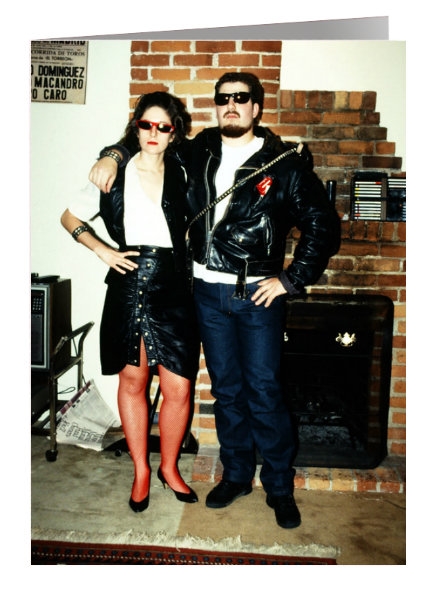
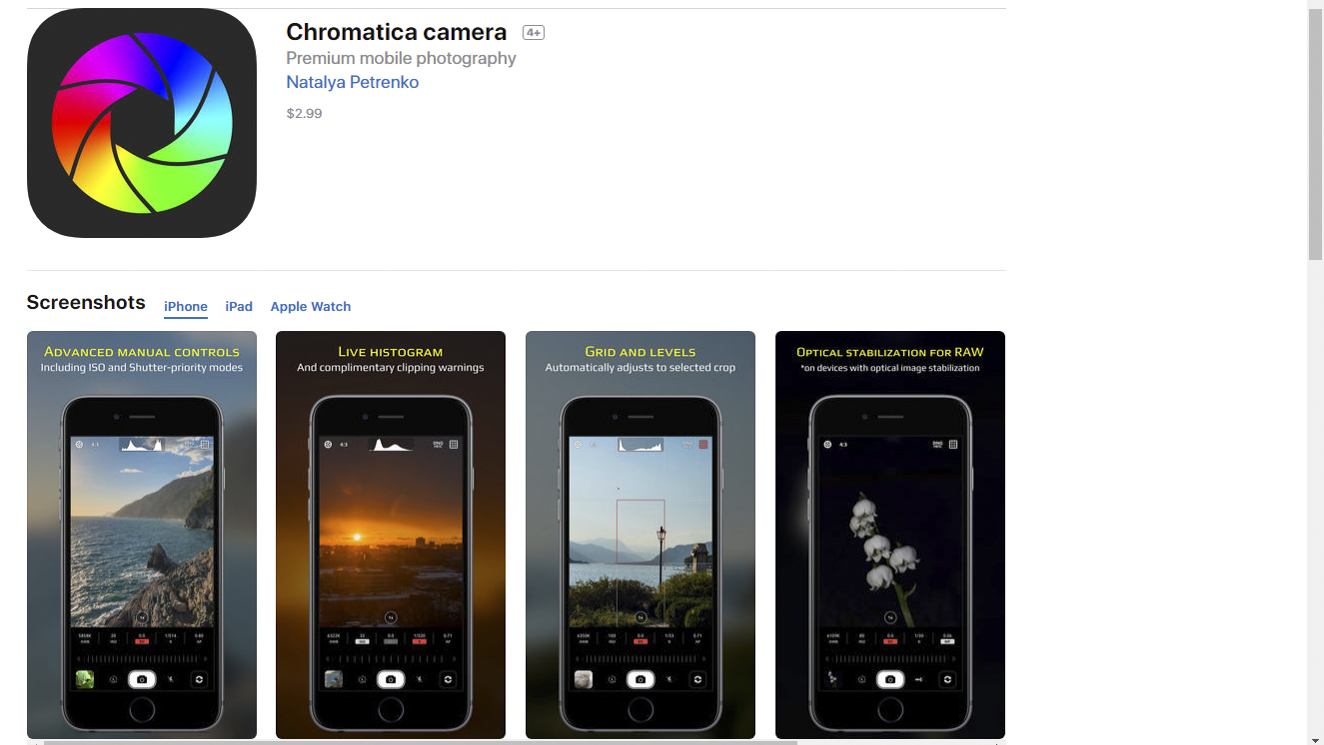
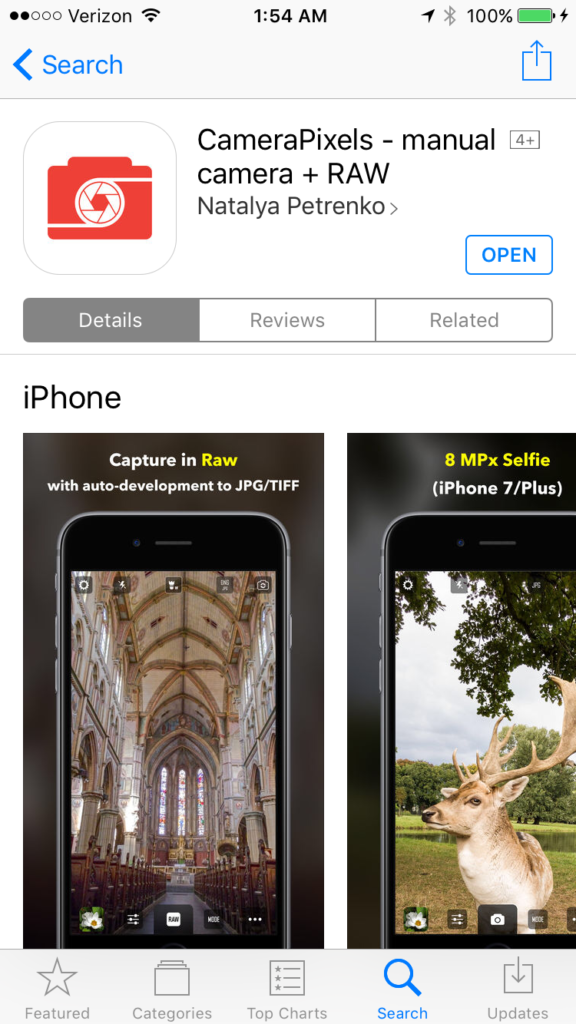

























































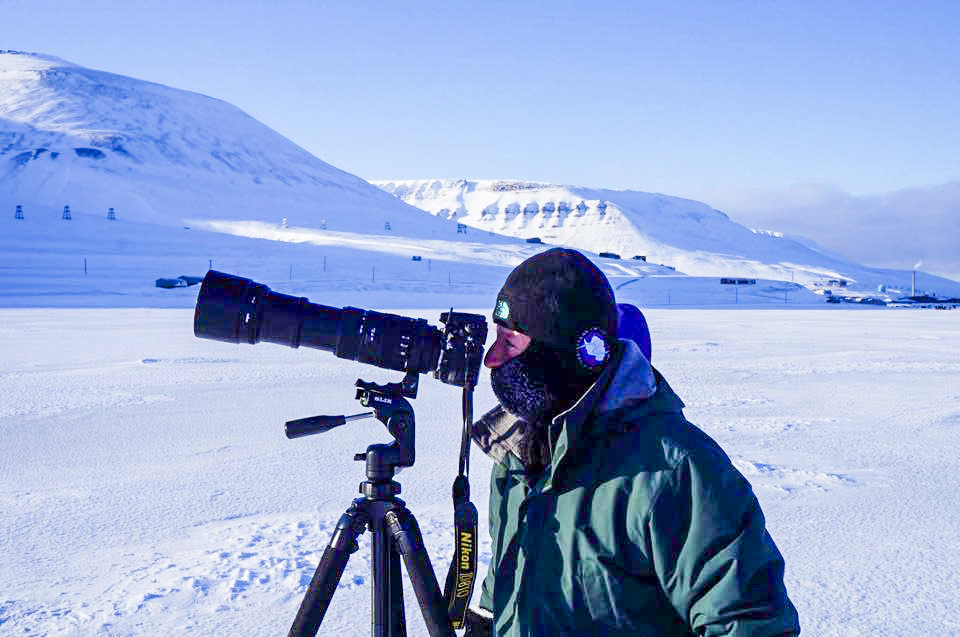
































 As photographers, we want to ensure the colors in our final images reflect as best we can the original colors we perceived when first framing the scene. With proper color-calibration of the display screens we use to process our images, we can keep the colors as true and accurate as possible.
As photographers, we want to ensure the colors in our final images reflect as best we can the original colors we perceived when first framing the scene. With proper color-calibration of the display screens we use to process our images, we can keep the colors as true and accurate as possible. 


















































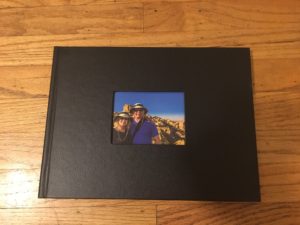
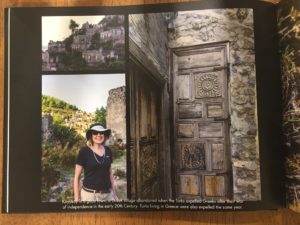
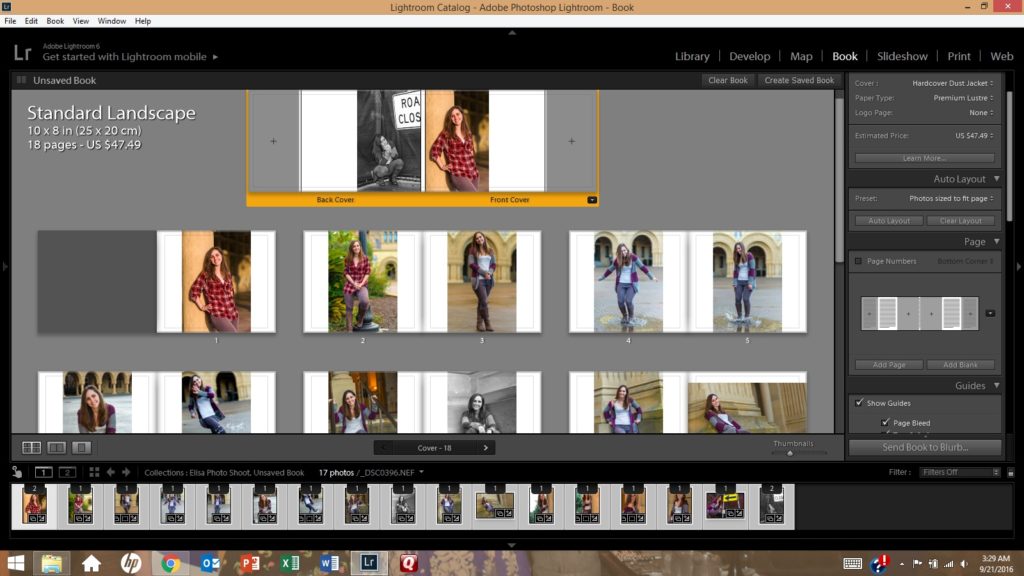 The process of creating a photo book using Lightroom’s Book module (shown here) is fairly straightforward. It’s even more intuitive using an online service such as Snapfish or Shutterfly.
The process of creating a photo book using Lightroom’s Book module (shown here) is fairly straightforward. It’s even more intuitive using an online service such as Snapfish or Shutterfly.











